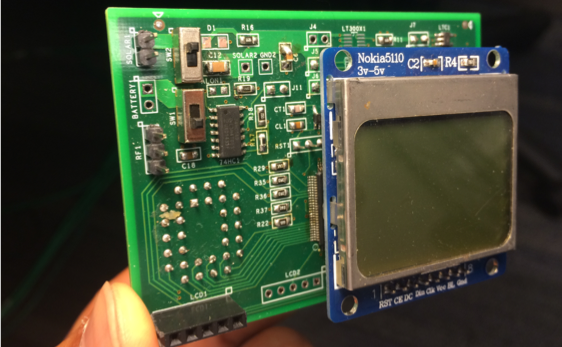Emerging Nanodevices and Architecture
While conventional Systems On Chip (SoC) technologies use CMOS devices operating in the subthreshold region, significant opportunities are available with emerging ultra-low-power devices that can create a further reduction of power consumption. With rapid progress in low voltage steep slope transistors and embedded non-volatile memory technologies such as Ferroelectric RAM and Ferroelectric FET, a new generation of nonvolatile ultra-low-power microprocessors is feasible in the near future.

Non-volatile processors that can store system state on-demand within embedded non-volatile memory have zero standby power, fast wake up/recovery cycles, extreme resilience to power interrupt, and fine-grained dynamic power management capability.
In the emerging nanodevices area, ASSIST has demonstrated steep slope ferroelectric field-effect-transistors leveraging negative differential capacitance (NC-FET). NC-FETs fabricated using an ultra-thin (10nm) CMOS compatible ferroelectric (Zr:HfO2) technology exhibited sub-kT/q switching characteristics. The time-resolved response of NC and the resulting impact on logic performance have been evaluated for logic applications and their advantages over sub-threshold CMOS.
